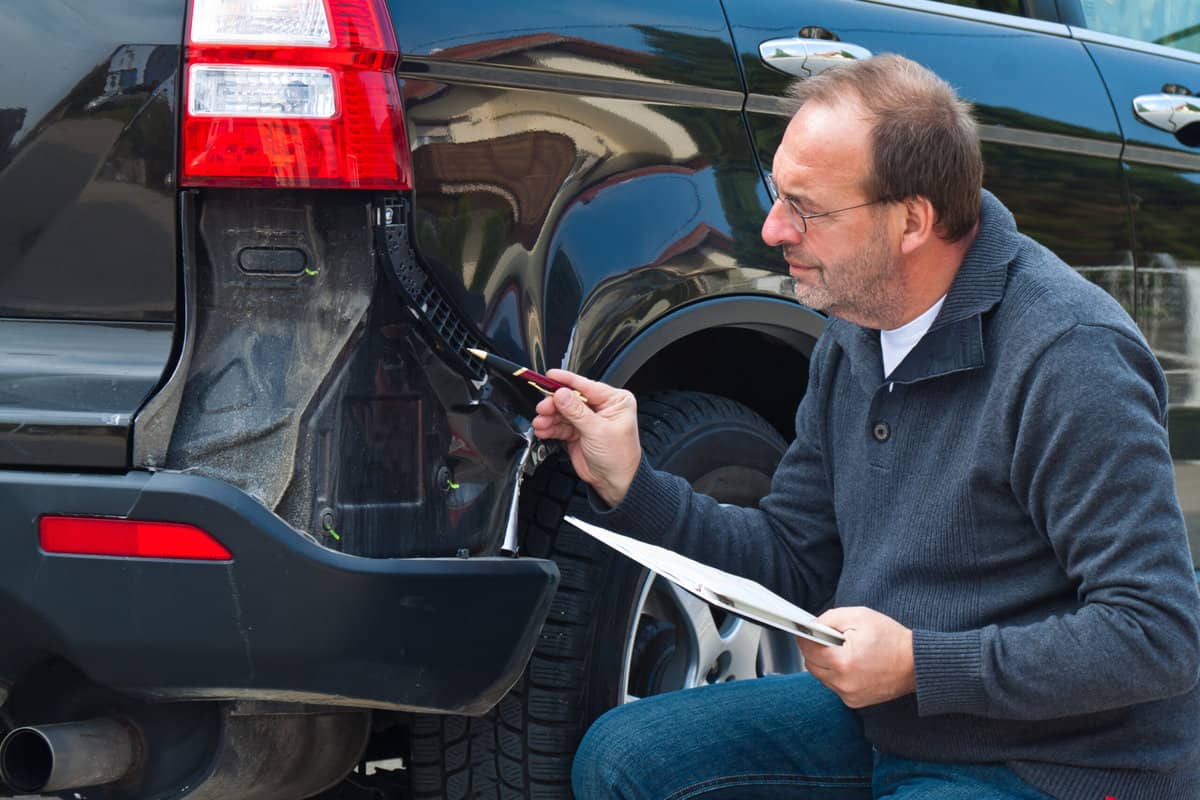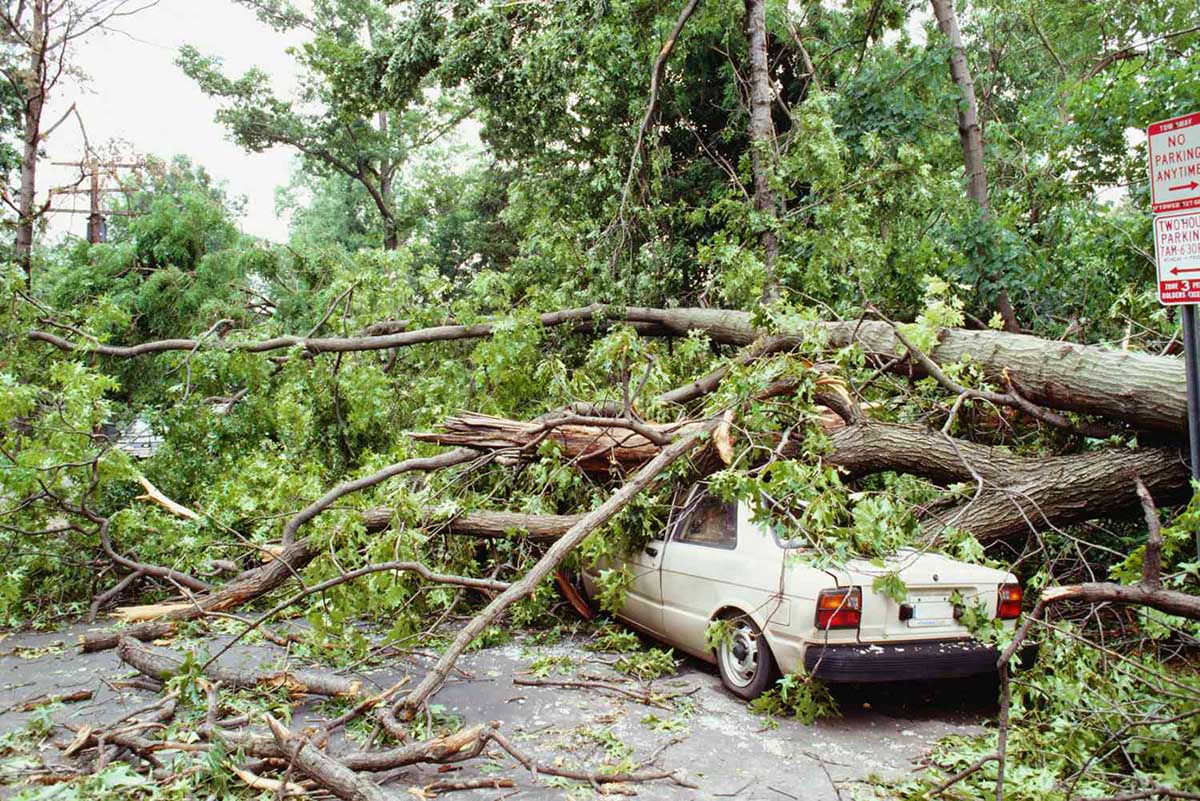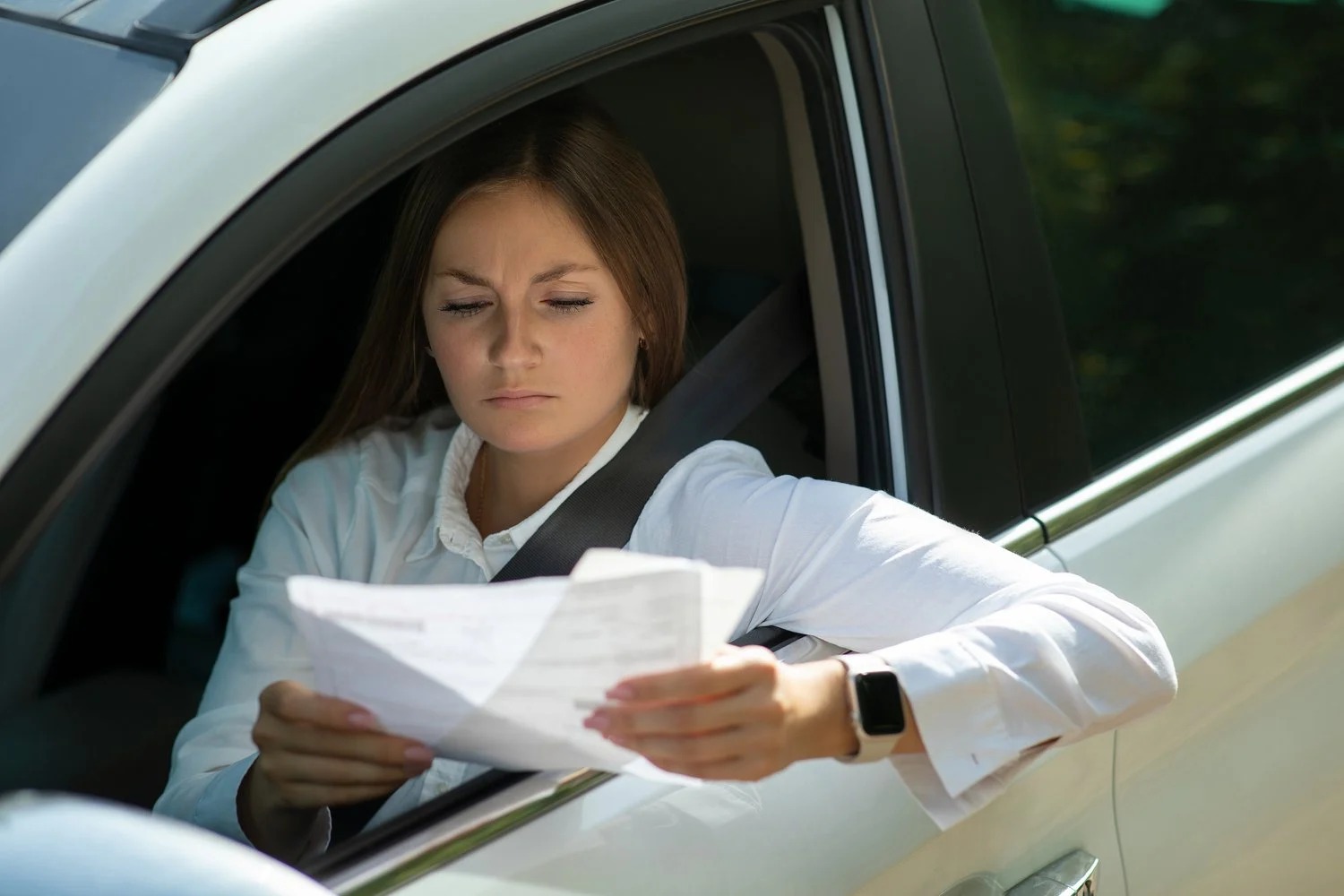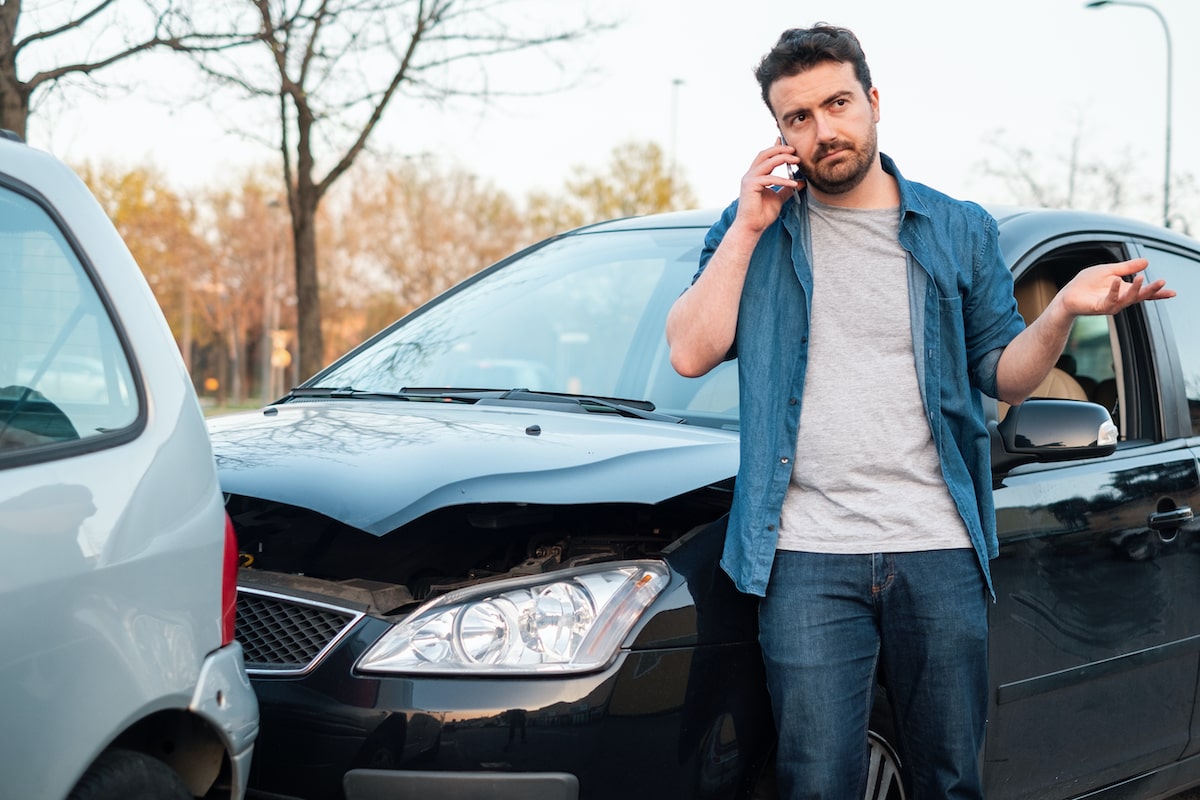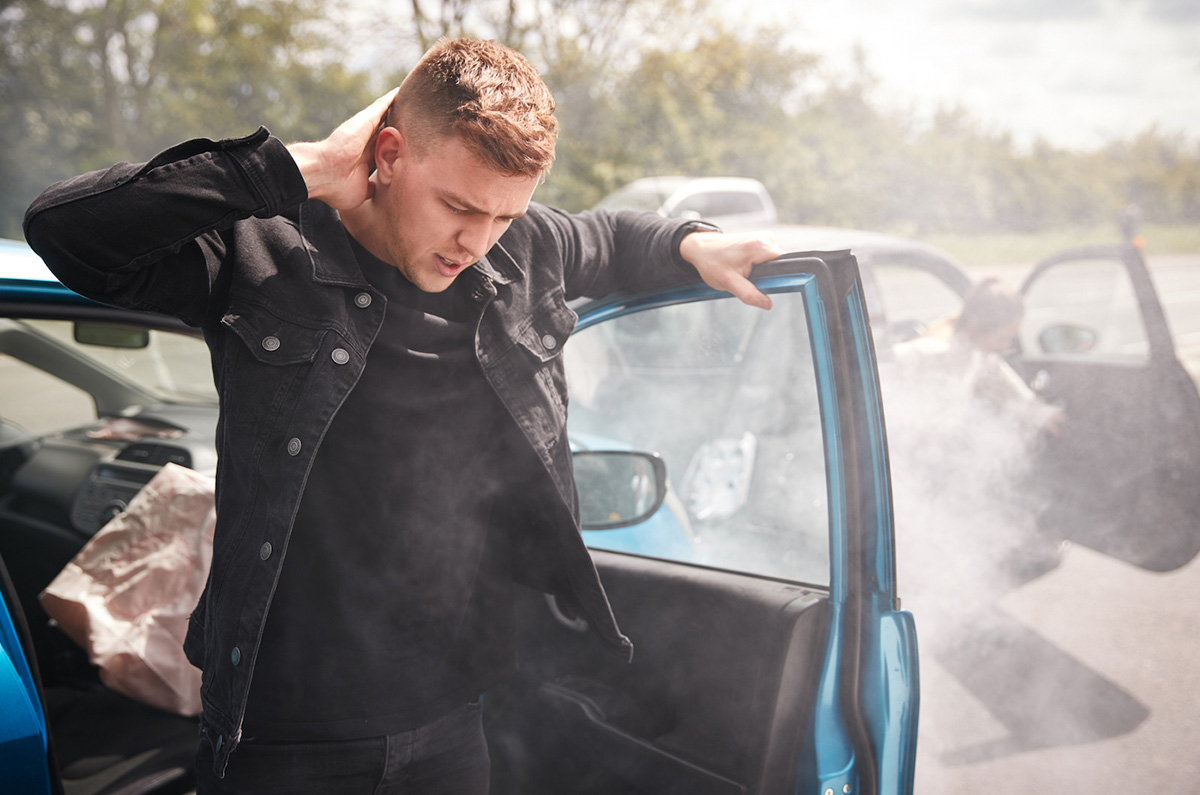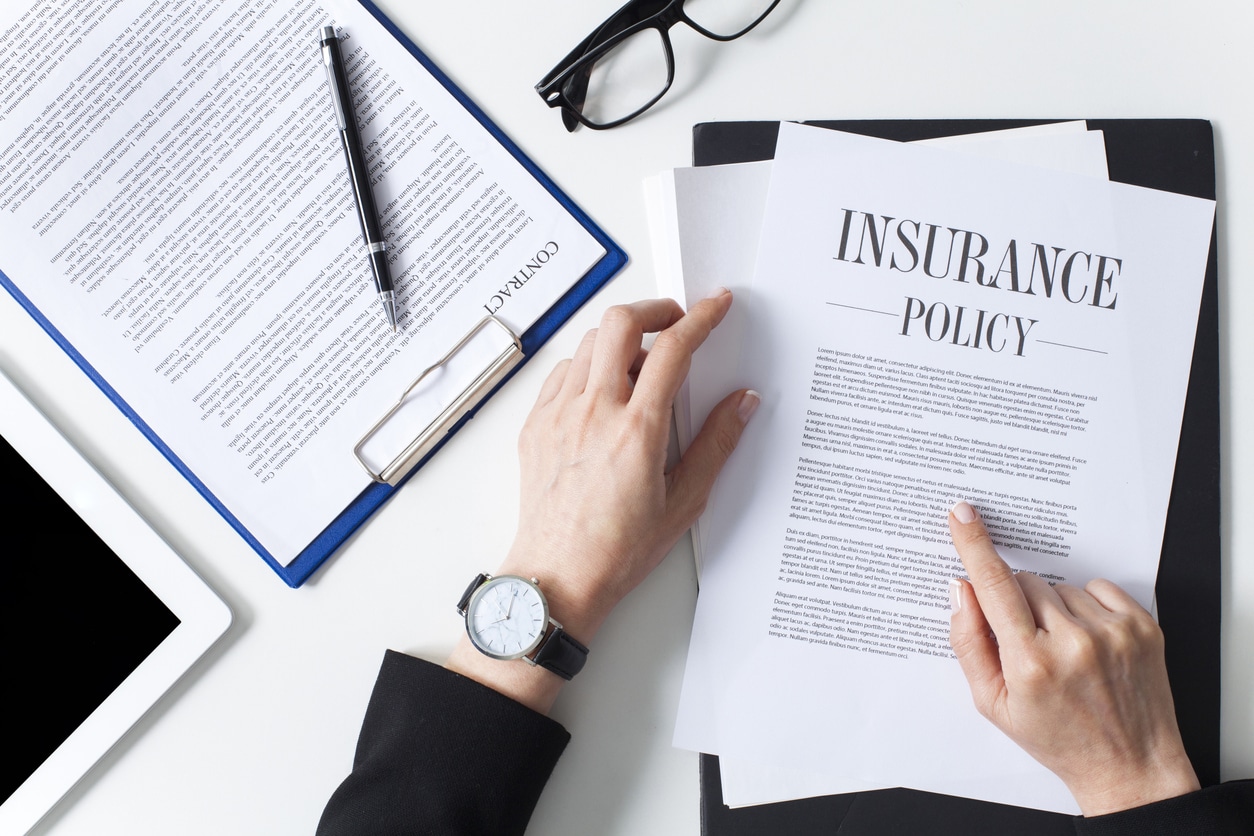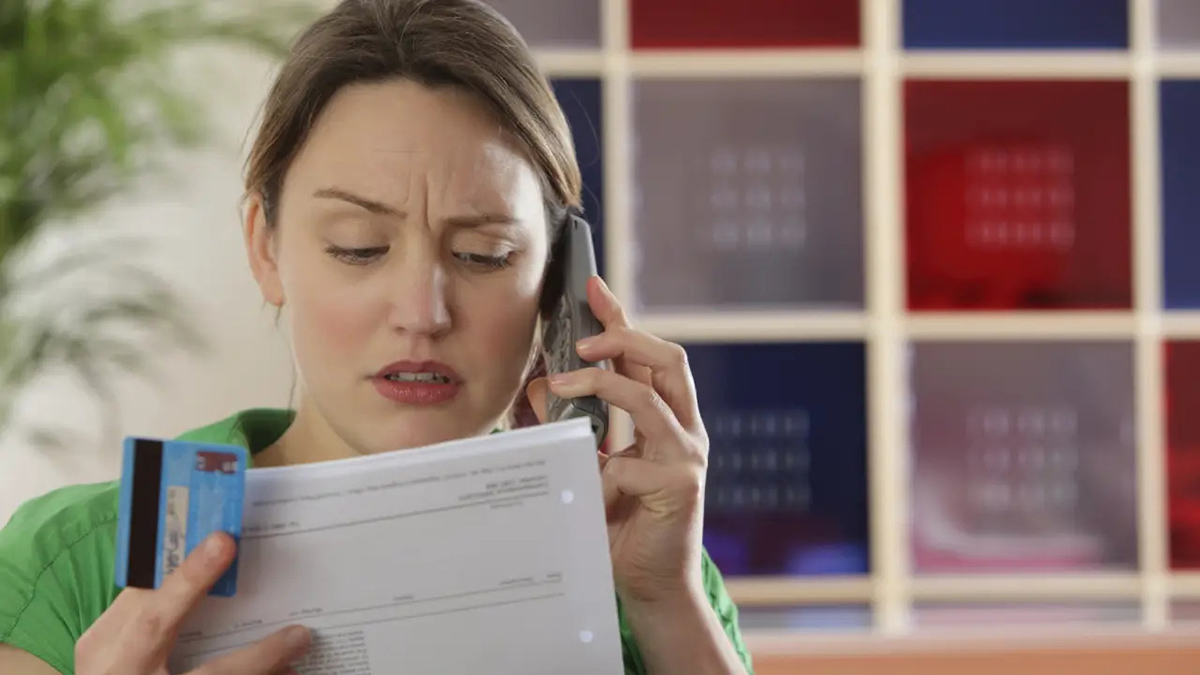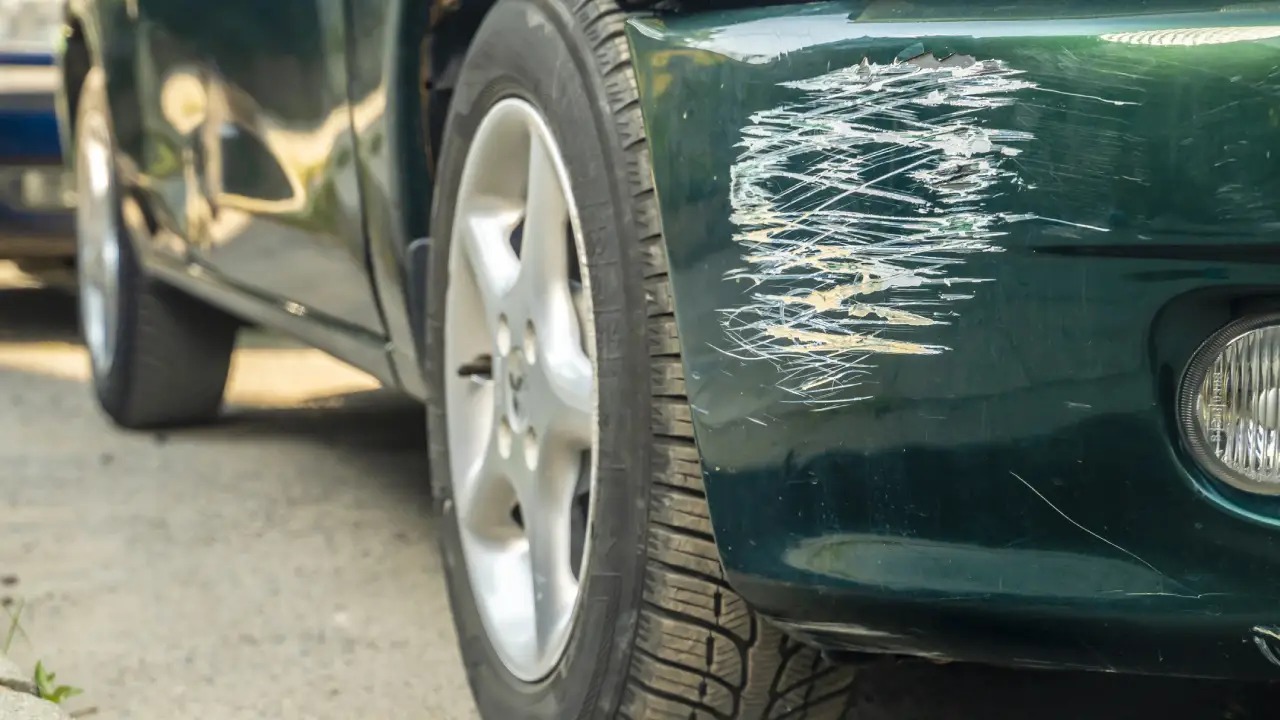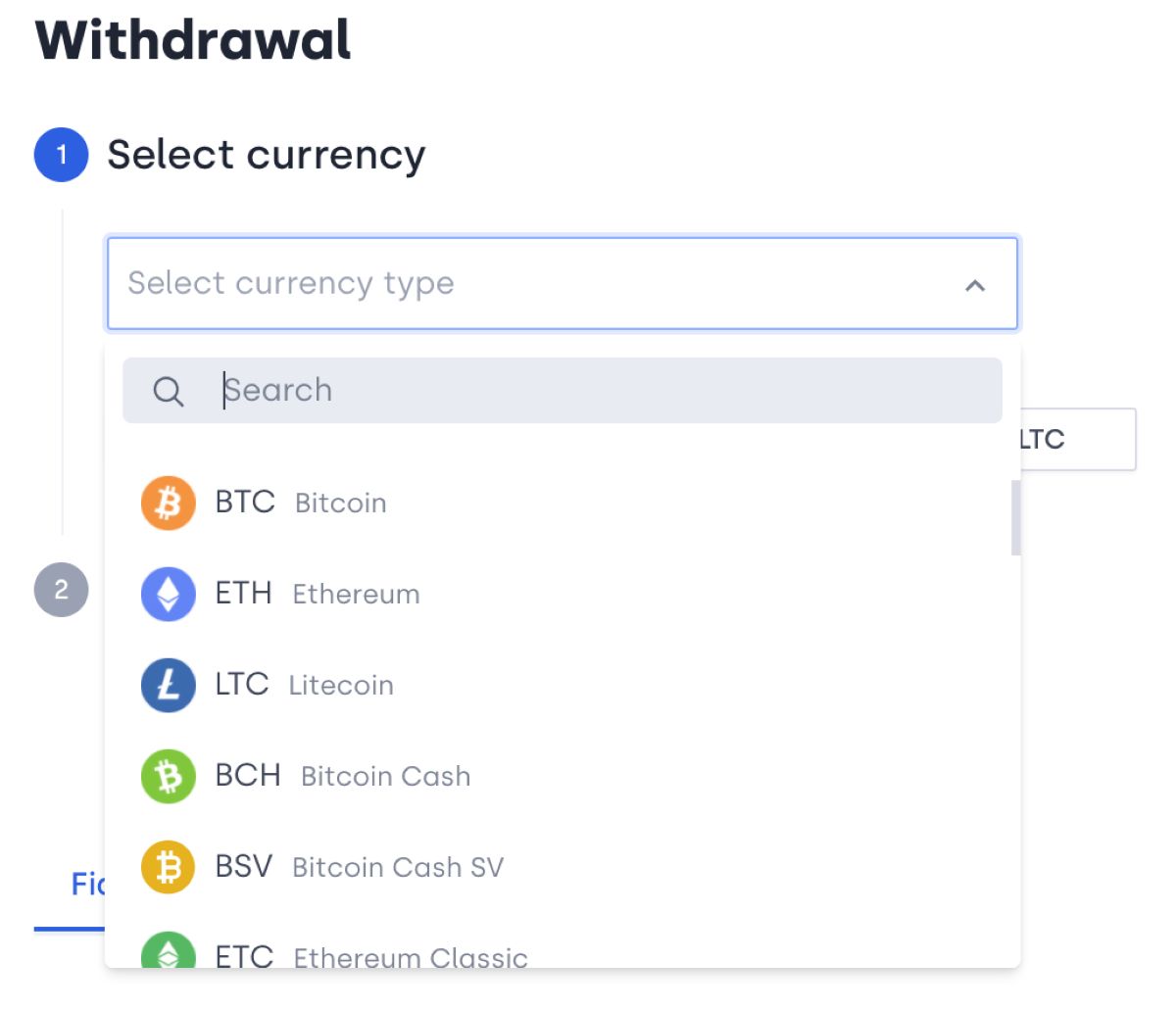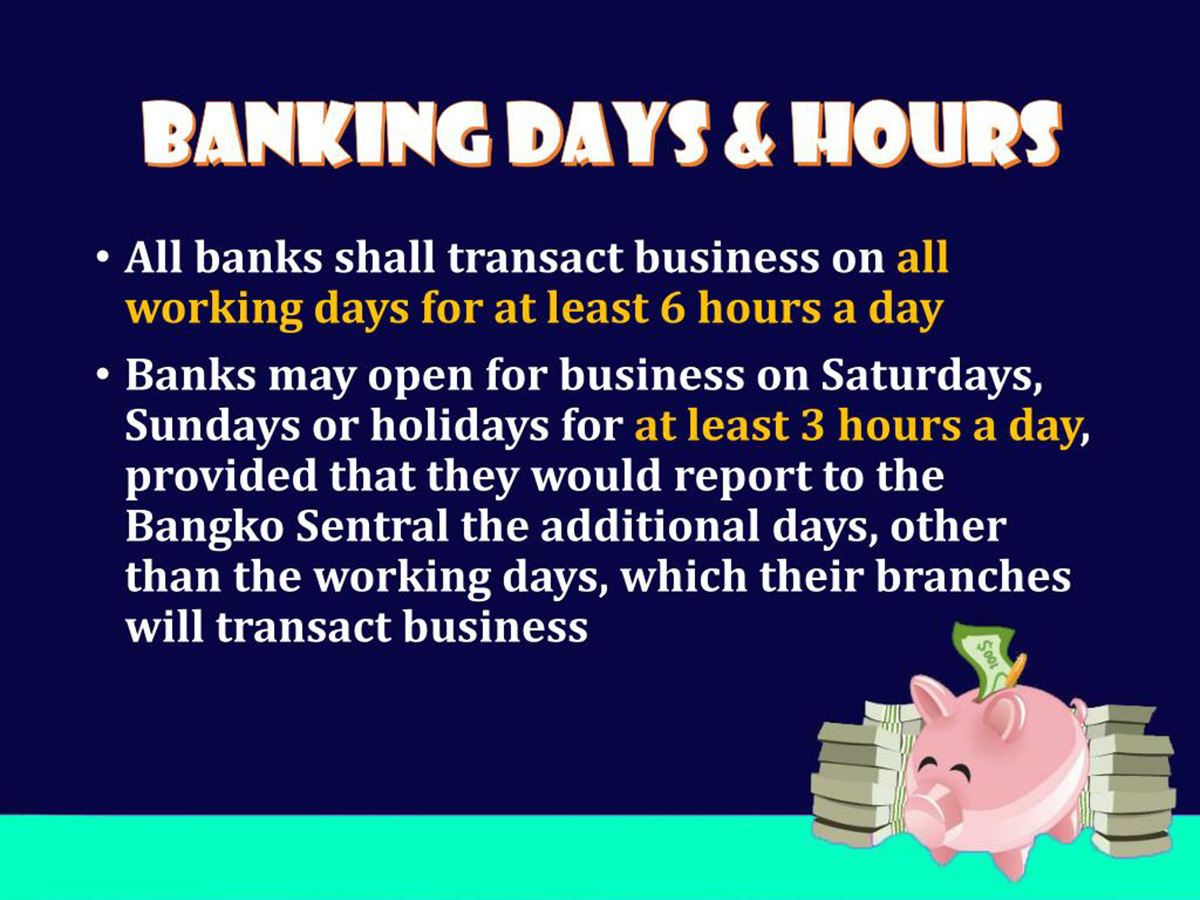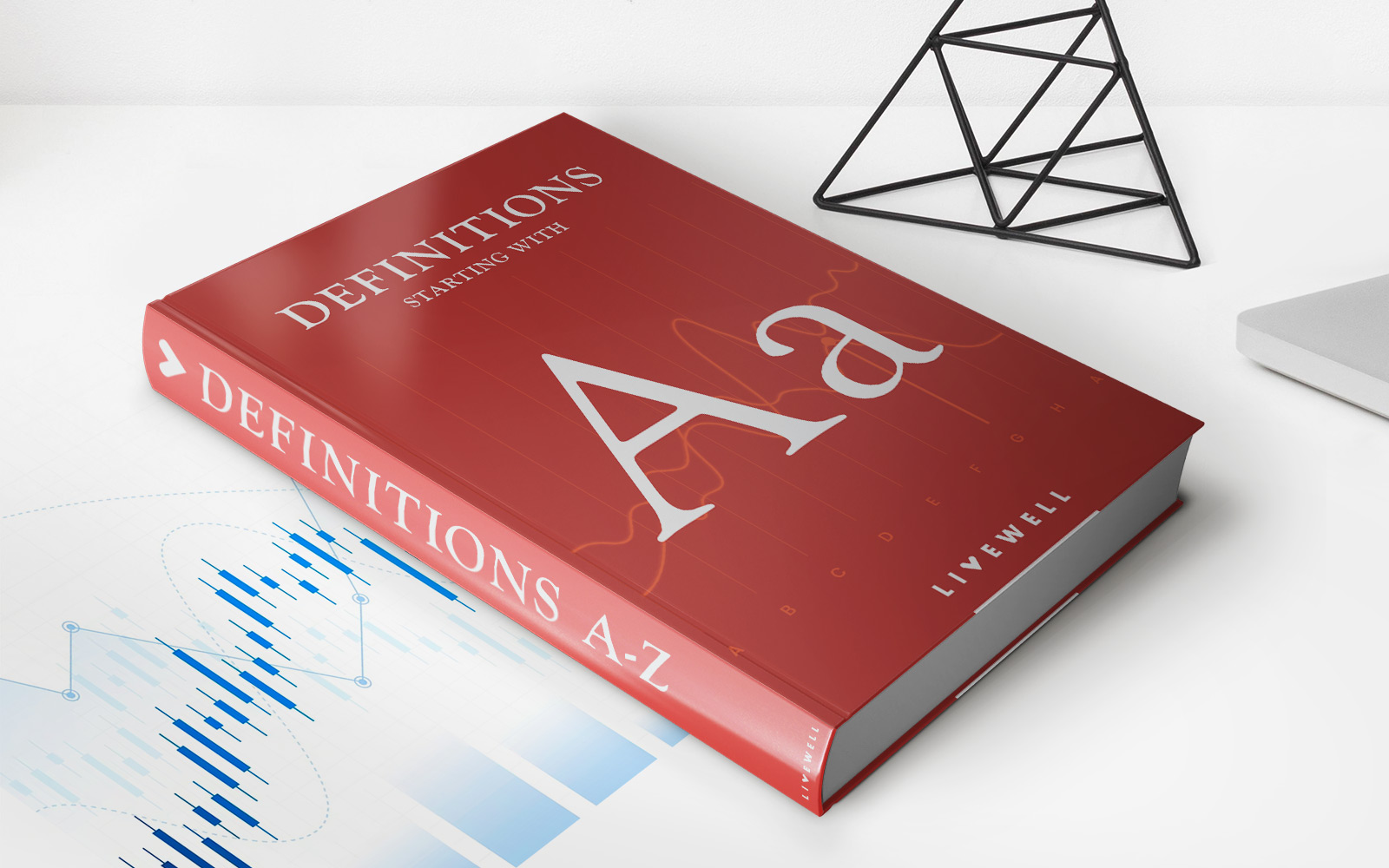Home>Finance>What Happens If Someone Hits Your Car And They Dont Have Insurance
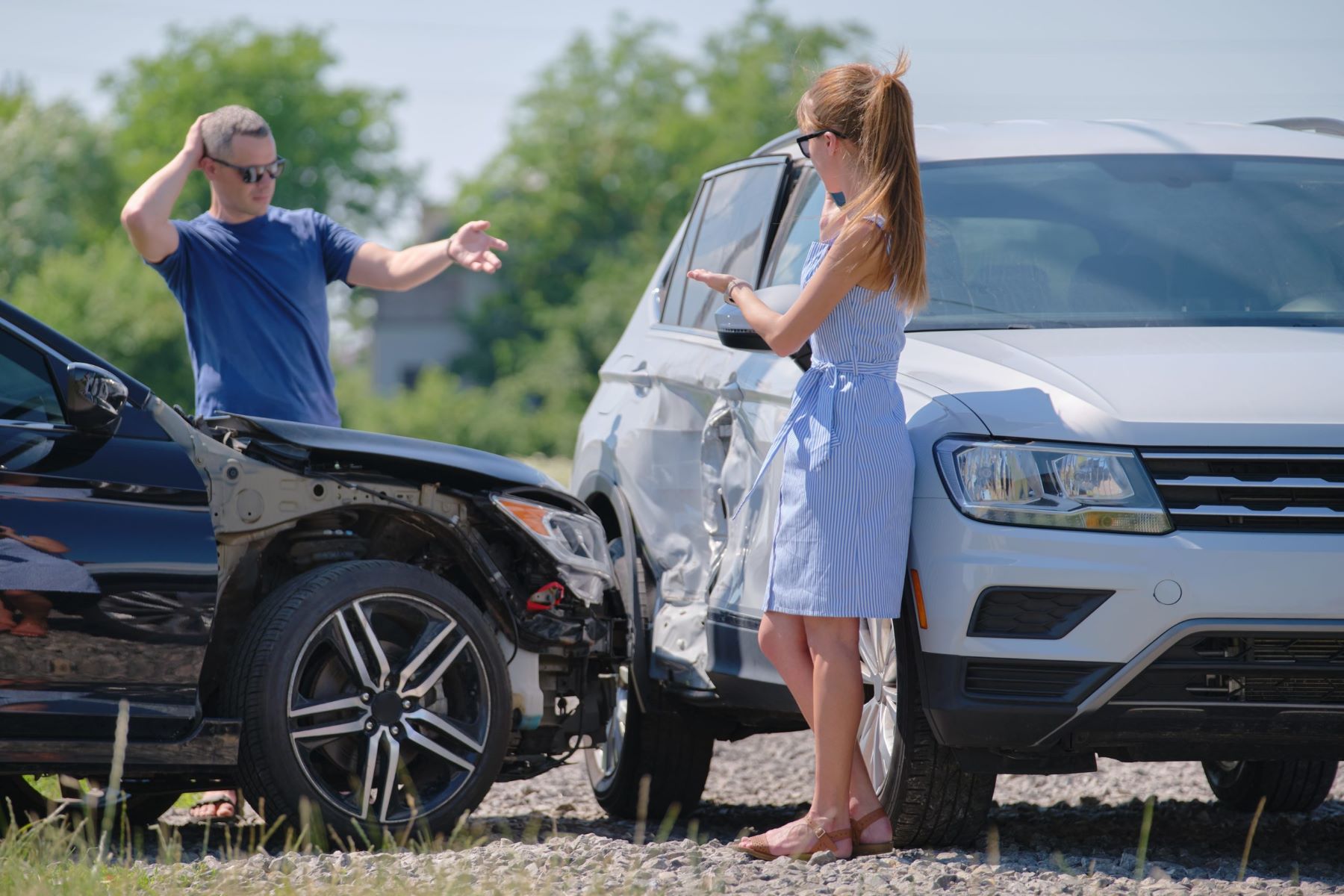

Finance
What Happens If Someone Hits Your Car And They Dont Have Insurance
Modified: February 21, 2024
Unsure what happens if someone without insurance hits your car? Learn about the financial implications and steps you can take to protect yourself in this unfortunate situation.
(Many of the links in this article redirect to a specific reviewed product. Your purchase of these products through affiliate links helps to generate commission for LiveWell, at no extra cost. Learn more)
Table of Contents
Introduction
Having car insurance is not only a legal requirement but also a crucial financial protection in case of accidents. However, not everyone on the road abides by this obligation. So, what happens if someone hits your car and they don’t have insurance? Dealing with an uninsured driver can be daunting and may leave you wondering about your options for compensation.
In most countries, having car insurance is mandatory for all drivers. This requirement helps ensure that individuals have the necessary coverage to pay for damages and medical expenses in case of an accident. Unfortunately, some individuals choose to ignore this rule, leaving innocent parties at risk.
When someone hits your car and they don’t have insurance, it adds an additional layer of complexity to an already stressful situation. Not only do you have to deal with the physical and emotional aftermath of the accident, but you also have to navigate the complicated process of getting compensated for the damages.
In this article, we will explore the legal requirements for car insurance, what to do if someone hits your car without insurance, the consequences of uninsured drivers, and the options available for dealing with them. We will also discuss how to file a claim with your own insurance company and the possibility of seeking compensation through legal action.
It is important to note that the laws and regulations regarding car insurance may vary from country to country, and even from state to state. Therefore, it is always advisable to consult with a legal professional or your insurance provider to understand the specific requirements and procedures applicable to your situation.
Legal Requirements for Car Insurance
In order to ensure the safety of drivers on the road and protect against potential financial liabilities, most countries and states have laws in place that require drivers to carry car insurance. These laws establish the minimum level of coverage that drivers must have. While the specific requirements may vary depending on the jurisdiction, there are some common elements to consider.
First and foremost, liability insurance is a fundamental component of car insurance requirements. Liability insurance covers damages and injuries to others if you are at fault in an accident. It typically includes two types of coverage: bodily injury liability, which pays for the other party’s medical expenses, and property damage liability, which covers the cost of repairing or replacing the other party’s property.
In addition to liability insurance, many jurisdictions also require drivers to carry uninsured and underinsured motorist coverage. Uninsured motorist coverage provides protection if you are involved in an accident with a driver who doesn’t have insurance. Underinsured motorist coverage comes into play when the at-fault driver’s coverage is insufficient to cover all the damages.
Furthermore, some regions may mandate additional types of coverage, such as personal injury protection (PIP) or medical payments coverage, which pays for medical expenses regardless of who is at fault in the accident. Additionally, comprehensive and collision coverage, which protect against damage to your own vehicle, may be required by lenders if you have a car loan or lease.
It is important to be familiar with the specific car insurance requirements in your jurisdiction to ensure compliance with the law. Failure to carry the minimum required coverage can result in penalties, such as fines, license suspension, or even criminal charges.
Remember, these are the minimum requirements. It is always advisable to consider additional coverage options, such as collision coverage, comprehensive coverage, or higher liability limits, to provide greater protection in the event of an accident.
In the unfortunate event that you are involved in an accident with a driver who doesn’t have insurance, understanding your legal rights and options becomes paramount. It is crucial to take the appropriate steps to ensure you are fairly compensated for any damages or injuries caused by the uninsured driver.
What to Do if Someone Hits Your Car
Being involved in a car accident can be a stressful and overwhelming experience, especially when the other driver does not have insurance. However, it is important to stay calm and take the appropriate steps to protect yourself and your interests. Here are some essential actions to take if someone hits your car and they don’t have insurance.
1. Gather information: Regardless of whether the other driver has insurance or not, it is crucial to collect their personal information, including their name, contact information, and license plate number. This will be valuable in case legal action is needed later on.
2. Document the scene: Use your smartphone or a camera to take photos of the accident scene, including the positions of the vehicles, any visible damages, and any relevant road signs or landmarks. This visual evidence can be helpful for insurance claims or legal proceedings.
3. Contact the authorities: In situations where a car accident has occurred, it is important to contact the police and file a report. The police report can provide an official record of the incident and help support your case if you need to pursue legal action or file an insurance claim.
4. Collect witness statements: If there were any witnesses to the accident, try to obtain their contact information and ask them to provide a statement regarding what they saw. Witness testimonies can be valuable in establishing fault and supporting your claim for compensation.
5. Notify your insurance company: Regardless of whether the other driver has insurance or not, it is crucial to report the accident to your own insurance company as soon as possible. They will guide you through the claims process and explore any available options for compensation.
6. Consult with a legal professional: If you have been involved in an accident with an uninsured driver and have suffered significant damages or injuries, it may be wise to seek legal advice. An experienced attorney can help assess your situation and guide you on the best course of action.
Remember, it is essential to remain calm and cooperative throughout the process. Avoid engaging in heated arguments or accepting fault for the accident, as these actions can potentially harm your case.
Dealing with an uninsured driver can be complicated, but taking these steps can help protect your rights and increase your chances of receiving fair compensation for the damages and injuries you have incurred.
The Consequences of Uninsured Drivers
Uninsured drivers pose significant risks and consequences for both themselves and others on the road. Operating a vehicle without insurance not only violates the law in most jurisdictions but can also have severe financial and legal repercussions. Here are some of the consequences of uninsured drivers:
1. Legal Penalties: Driving without insurance is illegal in most countries and states. If caught, uninsured drivers can face various legal penalties, including fines, suspension of their driver’s license, and even imprisonment in some cases. These penalties are imposed to deter individuals from driving without the necessary financial protection.
2. Financial Responsibility: When an uninsured driver is at fault in an accident, it can result in significant financial consequences. Without insurance, they may be personally responsible for paying for damages to the other party’s vehicle, as well as medical expenses for any injuries sustained. This can lead to substantial financial strain and potential bankruptcy in severe cases.
3. Limited Options for Compensation: If you are involved in an accident with an uninsured driver, it can be challenging to recover compensation for your damages. Insurance companies typically cover the costs in accidents, but when the at-fault driver doesn’t have insurance, you may need to explore alternative options for compensation.
4. Increased Insurance Premiums: Uninsured drivers not only face immediate consequences but may also experience long-term financial burdens. If an uninsured driver is involved in an accident and deemed at fault, their insurance premiums are likely to increase significantly. Higher premiums can be a major financial burden and may last for several years.
5. Risk of Civil Lawsuits: When someone hits your car and they don’t have insurance, you may need to pursue legal action to recover financial damages. This can involve filing a civil lawsuit against the uninsured driver to seek compensation. However, even if successful, there is a possibility that the uninsured driver may not have the assets or ability to pay the awarded damages.
It is important to protect yourself against the consequences of uninsured drivers by carrying adequate insurance coverage. Additionally, being vigilant on the road and practicing defensive driving can help reduce the risk of accidents caused by uninsured drivers.
If you are involved in an accident with an uninsured driver, it is essential to consult with legal professionals and insurance experts who can provide guidance on the best course of action. They can help you understand your rights, explore all available options for compensation, and navigate the complex legal process.
By understanding the potential consequences of uninsured drivers, we can raise awareness and work towards creating a safer environment on the roads for everyone.
Options for Dealing with an Uninsured Driver
Being involved in an accident with an uninsured driver can be frustrating and challenging. However, there are several options available for dealing with this situation and seeking compensation for damages. Here are some of the options:
1. Contact Your Insurance Company: The first step is to notify your insurance company about the accident. Even though the other driver is uninsured, your own insurance policy may have provisions that cover accidents involving uninsured motorists. This coverage, known as uninsured motorist coverage, can provide financial protection for your injuries and property damage caused by the uninsured driver.
2. File a Claim Under Your Policy: If you have uninsured motorist coverage, you can file a claim with your insurance company to seek compensation for your damages. Be prepared to provide all necessary documentation, such as police reports, witness statements, and photos of the accident scene. Your insurance company will evaluate your claim and determine the appropriate compensation based on the terms of your policy.
3. Explore Other Insurance Coverage: In some cases, you may have additional insurance coverage that can help with the damages caused by an uninsured driver. For example, if you have collision coverage, it may cover the cost of repairing or replacing your vehicle, regardless of who is at fault. Consult with your insurance provider to understand the extent of your coverage and how it applies in this situation.
4. Seek Legal Advice: If your damages exceed the limits of your insurance coverage or if you have suffered significant injuries, it may be advisable to consult with a personal injury attorney. They can assess your case, determine liability, and help you pursue any available legal options. An attorney can negotiate with the uninsured driver or file a lawsuit on your behalf to seek compensation for your losses.
5. Mediation or Arbitration: In some situations, mediation or arbitration can be effective methods for reaching a settlement with the uninsured driver. This involves working together with a neutral third party who will help facilitate negotiations and find a mutually agreed-upon resolution. These alternative dispute resolution methods can save time and money compared to a lengthy court battle.
6. Installment Payments: If the uninsured driver is willing to take responsibility for the damages, you may be able to negotiate a payment plan to cover the costs over a specified period. It is essential to have a written agreement and consult with legal professionals to ensure that your rights are protected and the payments are enforced.
Remember, each situation is unique, and the options available to you may vary depending on your insurance policy, local laws, and the circumstances of the accident. It is crucial to consult with professionals who can provide tailored advice based on your specific case.
Dealing with an uninsured driver can be a challenging process, but by exploring these options and seeking appropriate guidance, you can maximize your chances of receiving the compensation you deserve.
Filing a Claim with Your Insurance Company
When you are involved in an accident with an uninsured driver, filing a claim with your own insurance company becomes crucial in seeking compensation for the damages. Here are the steps to follow when filing a claim with your insurance company:
1. Gather All Necessary Information: Collect all relevant information about the accident, such as the date, time, and location, as well as the details of the uninsured driver involved. Also, gather any supporting evidence, including photos of the accident scene, police reports, and witness testimonies. This information will help support your claim.
2. Contact Your Insurance Company: Notify your insurance company about the accident as soon as possible. Provide them with all the essential details and documentation related to the incident. Be prepared to answer questions about the accident and cooperate fully with their investigation.
3. Understand Your Policy Coverage: Familiarize yourself with the terms and coverage provisions of your insurance policy. Understand what is covered under your uninsured motorist coverage, as well as any deductibles or limits that may apply. This will give you an idea of what you can expect in terms of compensation.
4. Complete the Claim Form: Your insurance company will provide you with a claim form that you need to fill out. Provide accurate and detailed information about the accident, including the damages to your vehicle, any injuries sustained, and other relevant information requested by the form.
5. Submit Supporting Documentation: Along with the claim form, submit all supporting documentation, such as police reports, photos, medical records, and repair estimates. This evidence will help strengthen your claim and increase the chances of a successful outcome.
6. Cooperate with the Insurance Adjuster: An insurance adjuster will be assigned to your claim, and they will investigate the details of the accident. Cooperate with them, provide any additional information or clarifications they may request, and respond promptly to their inquiries.
7. Review and Negotiate Settlement: Once the insurance company assesses your claim, they will provide you with a settlement offer. Review the offer carefully and compare it with the damages you have suffered. If you believe the offer is insufficient, negotiate with your insurance company to obtain a fair settlement. You may seek guidance from professionals, such as a personal injury attorney, during this process.
8. Accept or Appeal the Settlement: If you are satisfied with the settlement offer, accept it and follow the necessary steps to receive the compensation. If you believe the offer is still inadequate, explore your options for appealing the decision or pursuing alternative methods of compensation, such as mediation or legal action.
It is important to note that each insurance company may have specific procedures and requirements for filing a claim. Familiarize yourself with these processes and consult with your insurance agent or customer service representative for guidance throughout the claim process.
Filing a claim with your own insurance company after an accident with an uninsured driver can help alleviate some of the financial burdens associated with the damages. By following these steps and working closely with your insurance company, you can seek the compensation you need to recover from the accident.
Seeking Compensation through Legal Action
In cases where you have suffered significant damages or injuries due to an accident with an uninsured driver, you may need to explore the option of seeking compensation through legal action. Here are the steps to consider when pursuing a legal claim:
1. Consult with a Personal Injury Attorney: It is highly recommended to consult with a personal injury attorney who specializes in car accident cases. They can assess the details of your situation, determine the viability of a legal claim, and guide you through the legal process.
2. Gather Evidence: Collect all relevant evidence related to the accident, including police reports, medical records, witness statements, and any other documentation that supports your claim. This evidence will be crucial in establishing liability and proving the extent of your damages.
3. Determine Liability: Your attorney will help investigate the accident and determine who is at fault. If the uninsured driver is found responsible for the accident, they may be held liable for the damages and injuries you have suffered.
4. File a Lawsuit: If your attorney determines that a legal claim is appropriate, they will file a lawsuit against the uninsured driver. The lawsuit will outline the details of the accident, describe the damages you have incurred, and seek compensation on your behalf.
5. Negotiate a Settlement: Prior to going to trial, your attorney and the opposing party may engage in settlement negotiations. This involves discussions and potential offers with the goal of reaching a mutually agreed-upon settlement amount. It is important to consult with your attorney throughout this negotiation process to ensure your best interests are represented.
6. Prepare for Trial: If a settlement cannot be reached, your case may proceed to trial. Your attorney will help prepare your case, including gathering further evidence, interviewing witnesses, and presenting your arguments and evidence in court.
7. Attend Court Proceedings: During the trial, you will need to attend court proceedings, where both sides will present their arguments and evidence. The judge or jury will evaluate the evidence and make a final determination of liability and damages.
8. Collecting Compensation: If your claim is successful, the court will issue a judgment in your favor, specifying the amount of compensation you are entitled to. However, collecting the awarded compensation from an uninsured driver can be challenging. Your attorney can help explore avenues for collecting the judgment, such as garnishing wages or placing liens on their property.
9. Consider Insurance Policy Stacking: In some cases, if you have multiple auto insurance policies covering uninsured motorist coverage, you may be able to stack or combine the coverage limits from these policies to increase the potential compensation amount.
It is important to note that the legal process can be complex and time-consuming. Working with an experienced personal injury attorney is crucial to navigate the legal system properly and increase your chances of receiving fair compensation for your damages and injuries.
Seeking compensation through legal action may be an option worth considering when dealing with an uninsured driver. Consult with a legal professional to understand the specific laws and regulations in your jurisdiction and to assess the strength of your case.
Conclusion
Dealing with an uninsured driver who hits your car can be a frustrating and challenging experience. However, knowing your rights and understanding your options can help you navigate the situation more effectively. Here are the key points to remember:
1. Insurance Requirements: Carrying car insurance is a legal requirement in most jurisdictions. It helps protect you and others on the road in case of an accident. Familiarize yourself with the specific insurance requirements in your region to ensure compliance.
2. Immediate Steps: If someone hits your car and they don’t have insurance, it’s important to stay calm and collect as much information as possible. Notify the authorities, gather evidence, and contact your insurance company to initiate the claims process.
3. Insurance Options: Check if your insurance policy includes uninsured motorist coverage. This can provide compensation for your damages even if the other driver doesn’t have insurance. Review your policy to fully understand the extent of your coverage.
4. Legal Considerations: If your damages are significant and exceed the limits of your insurance coverage, seeking legal action may be necessary. Consult with a personal injury attorney who specializes in car accidents to determine the best course of action for your specific case.
5. Documentation and Evidence: Keep thorough records of the accident, including photographs, police reports, medical records, and witness statements. This evidence will support your insurance claim or legal case, increasing your chances of receiving fair compensation.
Remember, every situation is unique, and the laws and regulations surrounding car insurance and accidents may vary. It’s essential to consult with legal professionals and insurance experts who can provide personalized guidance based on your specific circumstances.
While dealing with an uninsured driver can be challenging, taking the appropriate steps and seeking the necessary support can help you protect your rights and pursue compensation for the damages and injuries you have suffered.
Stay informed, stay prepared, and drive safely to minimize the risk of accidents and ensure you are adequately protected in case of an unfortunate encounter with an uninsured driver.
